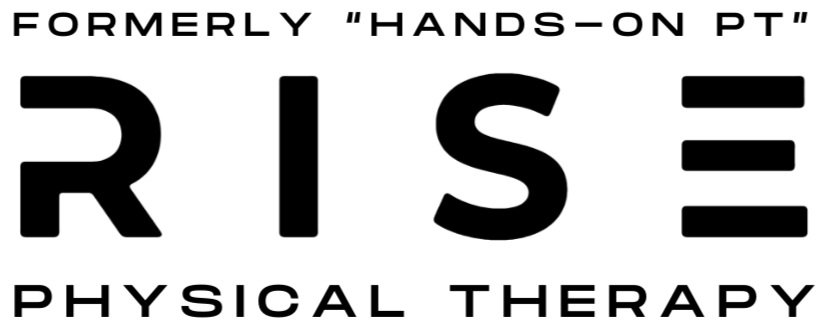
Physical Therapy
at Hands-on PT
All about Physical Therapy
What is Physical Therapy?
Physical therapy is a critical component of healthcare that helps individuals recover from injuries, manage chronic conditions, and improve their overall well-being. Whether you're an athlete recovering from a sports injury or someone looking to alleviate chronic pain, physical therapy can provide the relief and rehabilitation you need. In this comprehensive guide, we'll explore the benefits of physical therapy, various techniques, and when it's time to seek professional help.
The Benefits of Physical Therapy
1. Pain Relief: Physical therapists are experts in pain management. They use a combination of manual techniques, exercises, and modalities to reduce pain and discomfort caused by injuries or medical conditions.
2. Improved Mobility: If you're struggling with limited mobility due to an injury or surgery, physical therapy can help. Therapists design personalized exercise programs that target specific muscles and joints, enhancing your range of motion.
3. Enhanced Strength and Endurance: Whether you're recovering from surgery or an accident, physical therapy focuses on building strength and endurance. This is especially crucial for athletes looking to regain peak performance.
4. Injury Prevention: Physical therapists can assess your movement patterns and identify areas of weakness or imbalance. They then provide guidance on exercises and techniques to prevent future injuries.
5. Chronic Condition Management: For individuals living with chronic conditions like arthritis or fibromyalgia, physical therapy offers a non-invasive approach to pain management and improved quality of life.
6. Post-Surgery Rehabilitation: After surgery, physical therapy plays a vital role in helping patients regain function and return to their daily activities as quickly as possible.
Common Physical Therapy Techniques
1. Manual Therapy: Hands-on techniques such as massage, joint mobilization, and stretching are used to alleviate pain and improve range of motion.
2. Therapeutic Exercises: Tailored exercise programs that target specific muscles and joints, helping patients regain strength and mobility.
3. Modalities: Therapists may employ modalities like ultrasound, electrical stimulation, or heat/cold therapy to reduce pain and inflammation.
4. Postural Education: Correcting posture issues can relieve chronic pain and prevent future injuries. Physical therapists provide guidance on maintaining proper posture.
5. Gait Training: For those with walking difficulties, gait training helps improve balance and stability.
When to Seek Professional Help
While some minor injuries can be managed with self-care, there are instances where seeking the expertise of a physical therapist is crucial:
1. Chronic Pain: If you experience persistent pain that affects your daily life, it's time to consult a physical therapist.
2. Injury Recovery: After a surgery, accident, or sports-related injury, physical therapy can expedite recovery and prevent long-term complications.
3. Limited Mobility: Difficulty in performing routine tasks due to limited mobility should prompt a visit to a physical therapist.
4. Chronic Health Conditions: Individuals living with conditions like arthritis, multiple sclerosis, or Parkinson's can benefit from regular physical therapy to maintain function and manage symptoms.
5. Preventative Care: Even if you're not currently experiencing pain or mobility issues, regular check-ups with a physical therapist can help identify potential problems and prevent them from worsening.
Physical therapy is a valuable resource for pain relief, injury recovery, and overall health improvement. By understanding the benefits, techniques, and when to seek professional help, you can make informed decisions about your physical well-being. Don't hesitate to consult a physical therapist when needed, as their expertise can be a game-changer on your journey to a healthier, pain-free life.
“Everything negative - pressure, challenges - is all an opportunity for me to RISE.”
-Koby Bryant
OUR METHOD
2.) Pain Reduction
1.) Assessment & Diagnosis
4.) Long term Prevention
3.) Return to Function

WHAT BOISE IS SAYING:
⭐⭐⭐⭐⭐






